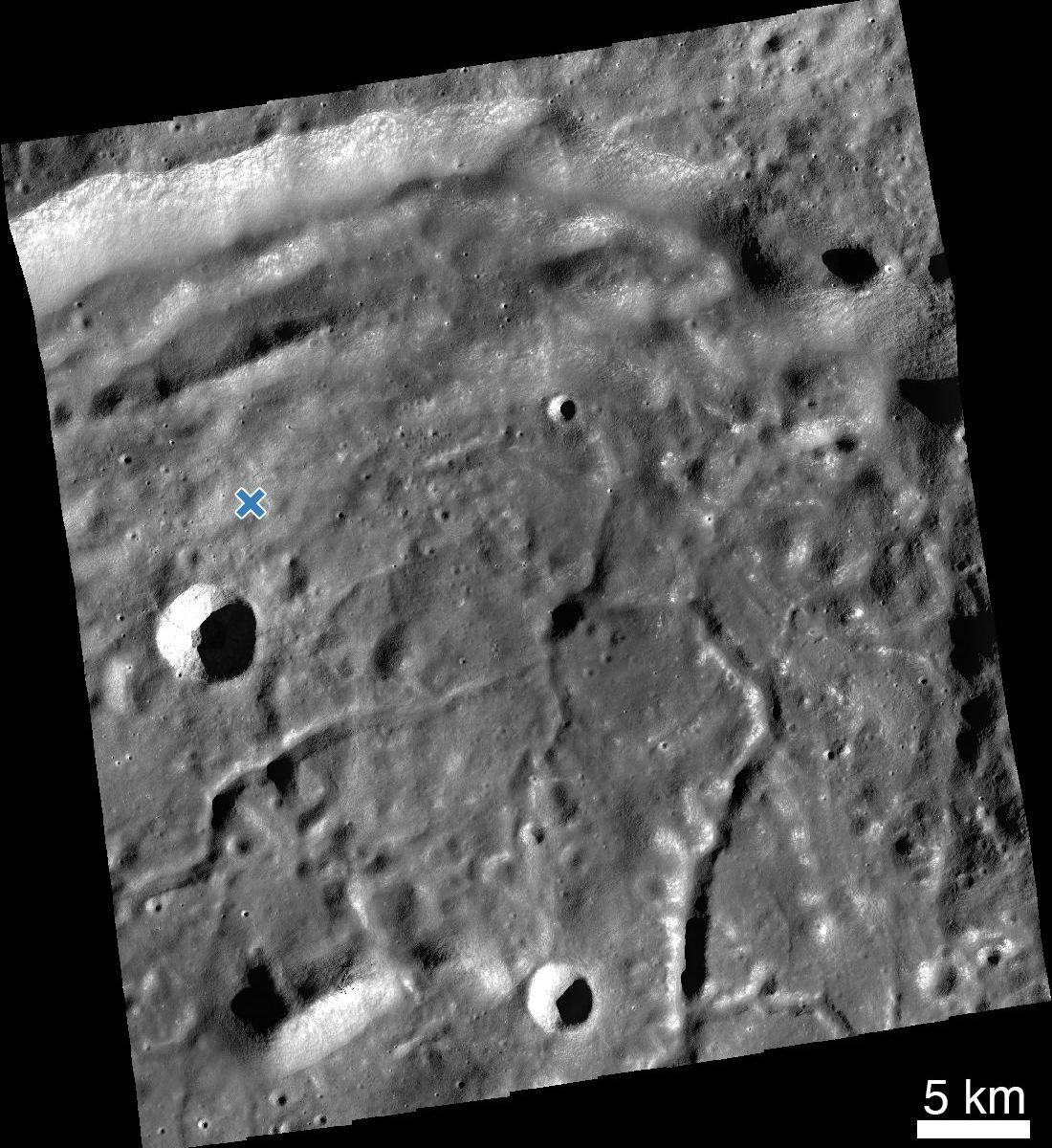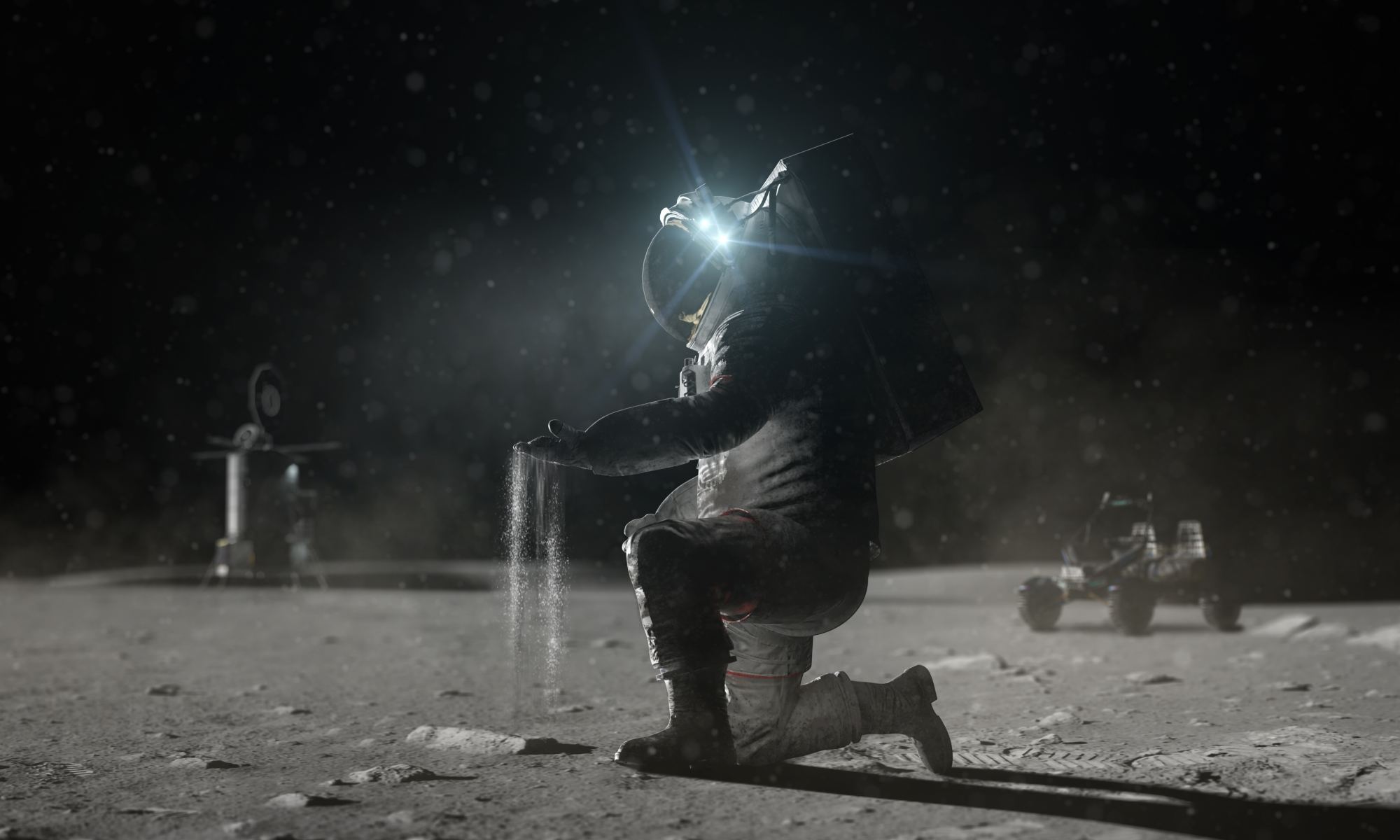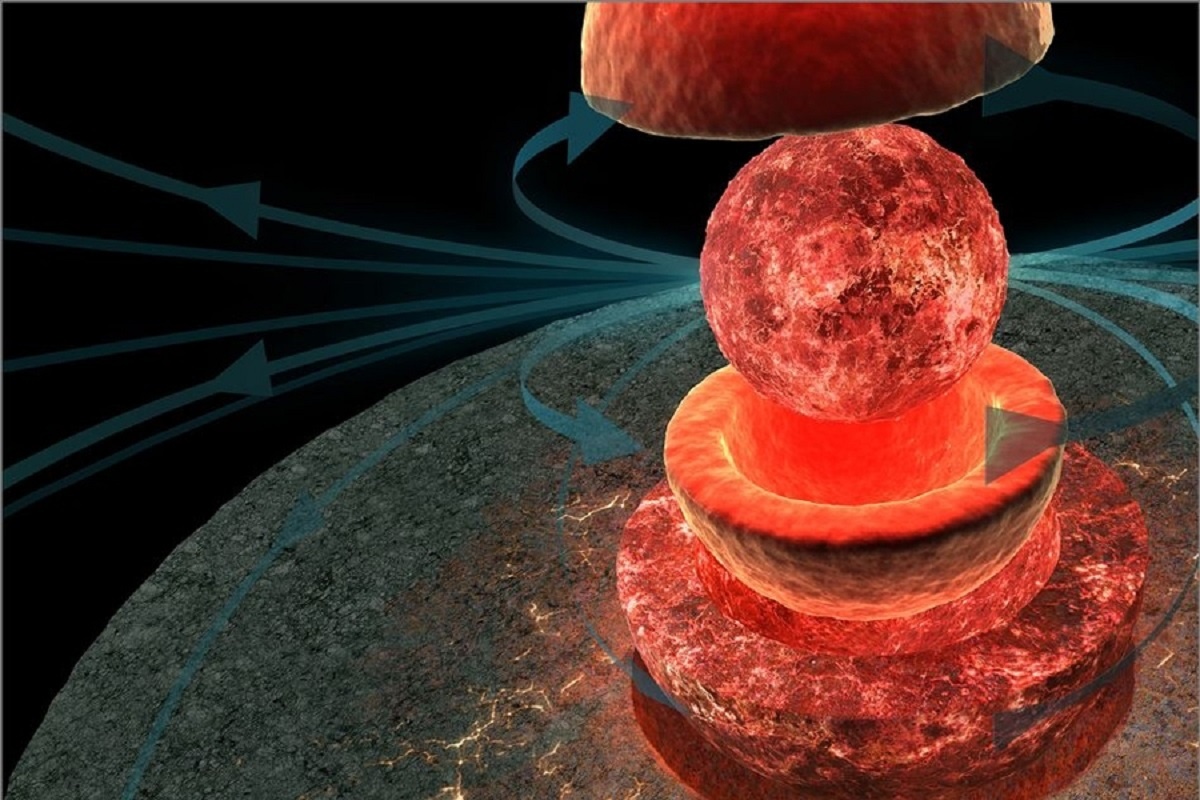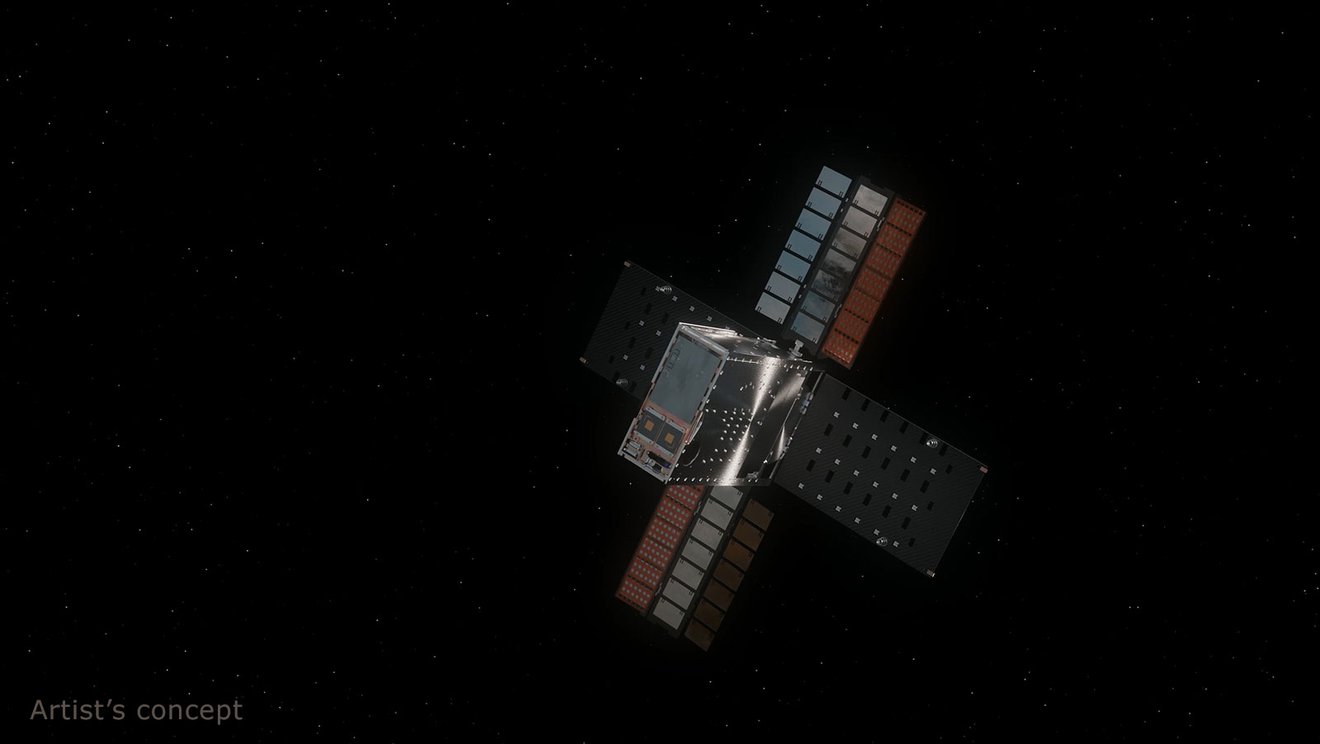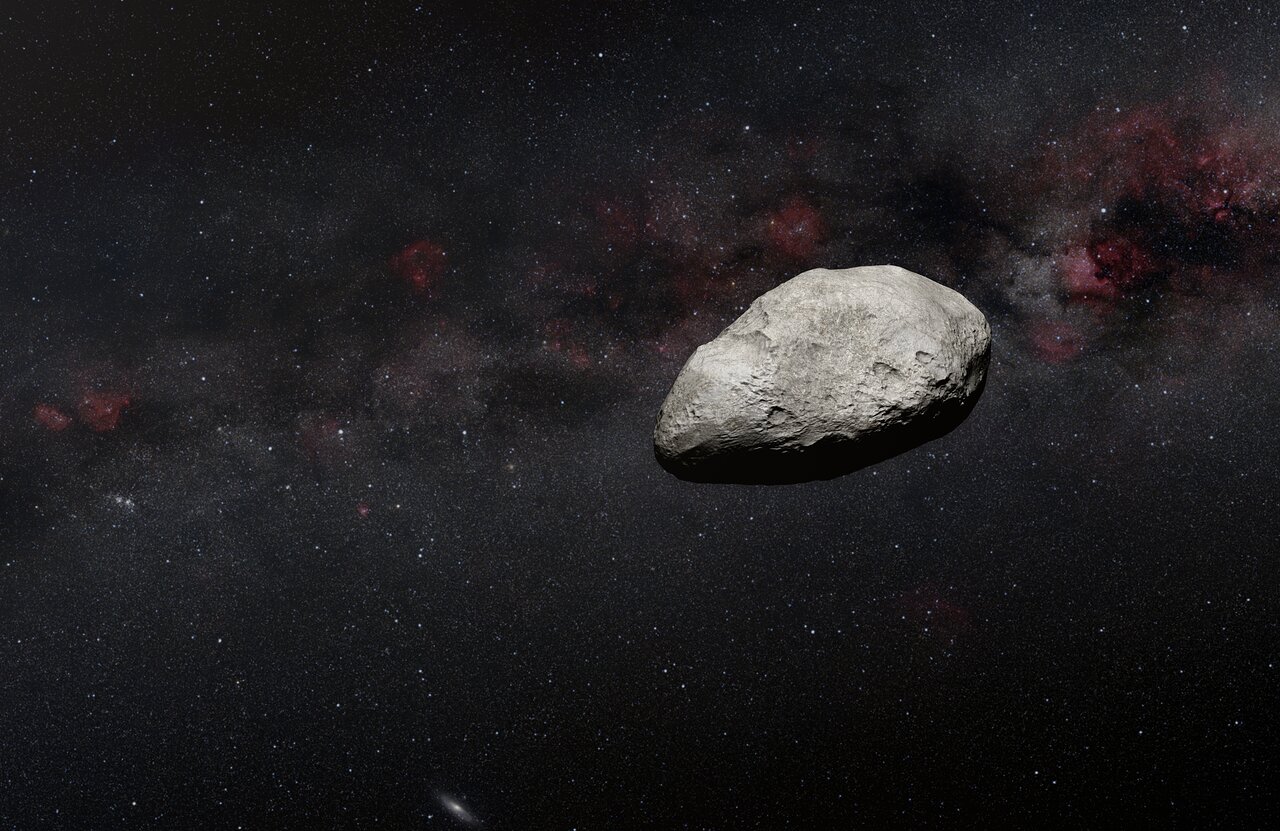New technologies utilizing material found in space are constantly popping up, sometimes from smaller companies and sometimes from larger ones. Back in 2020, one of the largest companies of them all announced a technology that could have significant implications for the future lunar exploration missions planned over the next ten years. The European aerospace giant Airbus developed the Regolith to OXYgen and Metals Conversion (ROXY) system.
Continue reading “Airbus Developed a System To Extract Oxygen and Metal From Lunar Regolith”Airbus Developed a System To Extract Oxygen and Metal From Lunar Regolith



